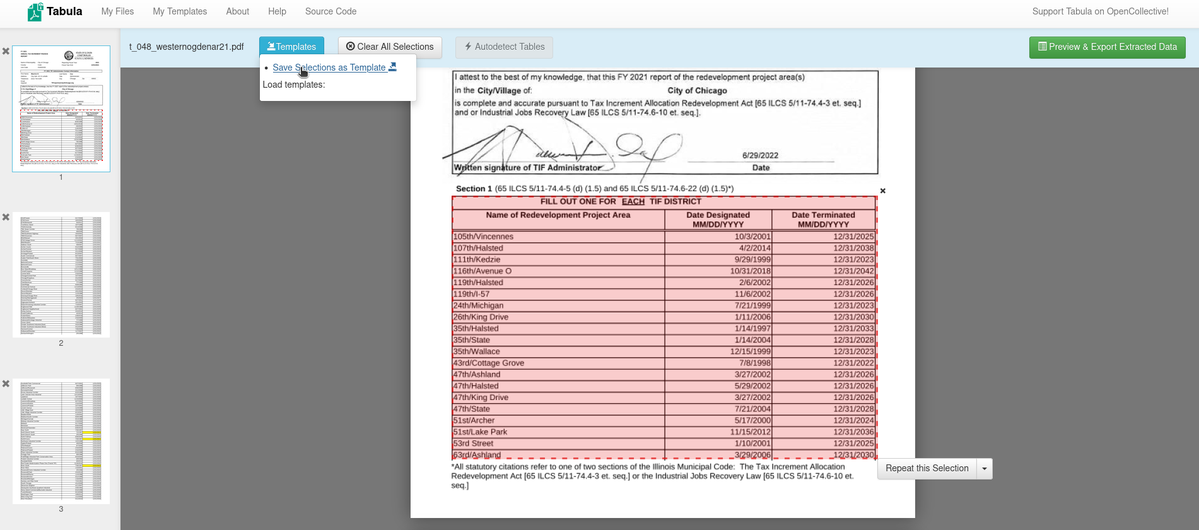At MuckRock, we do a lot of user testing. Sitting the site down in front of new and old users alike lets us see how people use our websites and checks our assumptions against reality. It’s an invaluable process that reminds us how much details matter, particularly when working with busy people who need to quickly file and follow up on a bunch of requests and then get back to their day.
An agency we were recently speaking with was intrigued by the process and asked if we ever did user testing on agency letters. We hadn’t, but it seemed like a good idea. After months of testing, we now have some interesting results to share based on about a dozen interviews with members of the public, including reporters, frequent requesters, and people who had never filed.
A big thank you to all those testers who gave up their time, often on evenings and weekends, to sit down with us. A big thanks especially goes to the MuckRock user community as well as many volunteers from Code for Boston, the local Code for America chapter.
Settings expectations is key
Time and again, test participants said they appreciated when the agency made it clear where things stood, even if the news wasn’t what they hoped it would be. Sometimes requesters have a hard time even telling if a letter is acknowledging a request, asking for more information, or rejecting it — the language is too vague to parse.
Even if the letter did touch the main bases, requesters felt an estimated completion date and way to ensure things were on track was important.
Take the New York Police Department’s letter, for example, which was explicit about where things stood, provided a time frame for what comes next, and reassured the requester that their request was still being processed.
Sometimes, though, less is more. This letter from the Executive Office of Immigration Review had a lot of useful tidbits in it, but the ultimate effect was overwhelming the requester:
One thing a number of requesters mentioned is they wish they had the equivalent of the Domino’s Delivery Tracker for FOIA: A clear, understandable way to see the progress of their request and understand where they were along the broader process.
![]()
Make it easy to follow up
One thing almost everyone looked for was a way to follow up for more information or get in touch with questions.
Some of the key components people wanted to see:
- A phone number to call.
- A clear tracking or reference number they could cite.
- A URL where they could go for more information.
- A named point of contact — most participants reacted negatively when things were simply signed by the agency.
- An email address.
Following the FOIA Improvement Act, most agencies started including contact information for the FOIA public liaison, the Office of Government and Information Services, a brief description of the appeal process, and the person who is the main point of contact for the request. Having access to that information is extremely helpful, but it’s also often unclear which way the requester should turn and at what point.
Prior experiences with government shape impressions of FOIA process
Requesters have a motivation for why they are requesting information: Maybe they are a reporter working on a story and feel rushed to get the information in time; maybe they are an individual requesting something about their own files or about a matter of personal importance.
Their prior experiences with government — good and bad — really colored participant readings of the letters, whether in giving agencies with bad letters the benefit of the doubt or with some participants saying that the letter sounds good, but they don’t expect any meaningful results.
For many requesters, the FOIA process is not just a way to get information but a last resort to better understand government’s actions or rectify a problem after other channels have been exhausted. As such, it’s a chance to either heighten frustrations or a chance to turn things around with a positive experience.
Other elements participants want to see in a letter
Agencies often discuss the key elements requesters want to see in a letter. In addition to the contact details listed above, some recurring items participants mentioned:
- An estimated date of completion.
- A clear, non-technical explanation of how the request would be processed and where the request was on its journey (i.e., it will be sent out to the office we think has the documents and then transferred to the FOIA office for review.).
- Information on how to appeal or get more information.
- An explanation of why action was taken, such as fees assessed or a fee category determined.
- A short confirmation or restatement of what was originally requested.
- Plain language advice on what is needed if more information is required, such as for a fee category change.
- Outlining key dates, such as when the request was received and when the acknowledgement letter was sent.
- A personal salutation rather than a generic greeting
Looking forward
We hope these notes are useful for agencies looking to improve their acknowledgement letters. We hope to use this feedback to also improve the MuckRock service, using our data and experience to help guide requesters more clearly through the process even when letters don’t have all the elements people hope to see. Look for changes towards the beginning of next year and sign up for our newsletter to get updates on all of our site upgrades.




